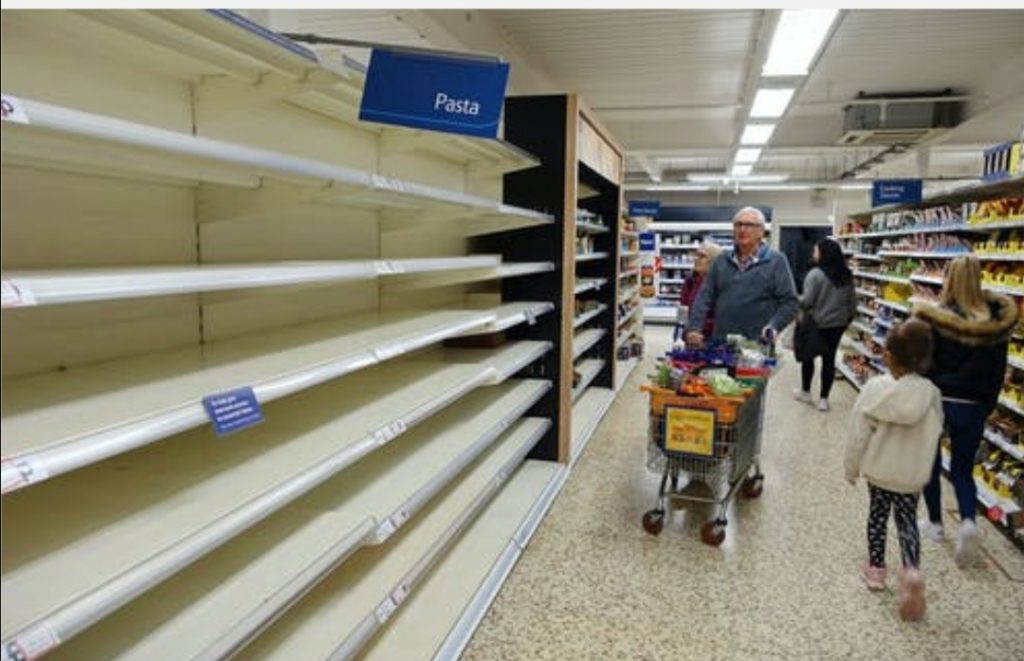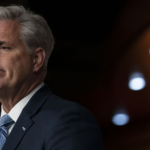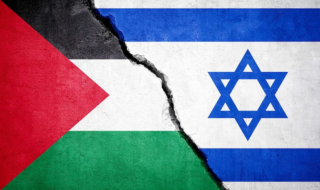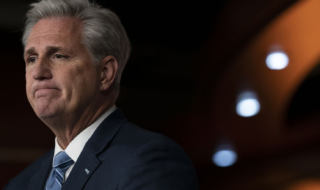
MEDIA CAN GENERATE AND INCREASE FEAR: THE CASE OF COVID-19
Media (In all their forms) are among organizations that depend on people’s attention. Without the audience to watch, read, or listen to their news stories, there is no media, whether news media or social media. They cannot survive without people’s attention, which is the audience.
Therefore, that is why, people in media do all their best to attract the audience. One of the main role of media is to inform the public, to educate, to offer opportunities of expression to the oppressed ones, to entertain and many other positive things such as being used in resolving conflicts among communities. This happens when media is well used by media professionals. However, it has been observed that media does not only bring the positive to their audiences but can also affect them negatively.

Panic buying during COVID19
Experience and media research show that media can plant certain kind of feelings in the mind and heart of the audience. One of the ways that the media use to draw people’s attention is fear. Media take recourse to fear because they know that it works and helps in capturing people’s mind, hence draw in the audience. Media generate an emotional response to the audience.
The emotional response that the media can be seeking may include sympathy, anger, love, joy, sadness; and the most and worst ability that the media possess, is to create or activate fear or worries in the mind of their audience and they can do so just within seconds. In the case of COVID-19 how did the media create and increase fear in people, and who benefited? The manner in which news reports were being presented, media linguistic choices, and the way media portrayed images are some of the strategies used to create and increase the already existing fear.
The way media have decided to present news related to COVID-19 has an impact on how the information was processed by the audience. Media have only focused on the negative side linked to the pandemic. For example, most of the news reports contained information on how world health systems are fragile, and how they had failed to stop the diseases. How hospital did not have the capacity to take care of the contaminated ones such as the lack of ventilators, how the world was far to find the cure or vaccine and how world economy and man’s life in general would suffer increased the fear.
The common man, the scientist and the politician who did not know what to do by then, were all demoralized and struck by fear leading to panic and turned them into media regular customers to consume their news. In addition to that, media choice of expressions for both their news and program tittles, served to increase fear that the audience had already.
For example, themes like “Parents died of Coronavirus one week apart”, “Couple married for 44 years died one week apart” and “A Heat Disagreement…to use unproved medicines”. CNN was not the only international media to have used this kind of language, but also other international media used even more fear-generating expressions. Media language can change the way people view things.

COVID19 Fear
Expressions or styles like these ones can easily generate worries in the listener who is a parent or child having natural strong feelings to his or her family members. Couples listening to such kind of news are worried especially those advanced in age, since it was believed that they were the potential victims of the pandemic; and finally, a listener who depends on public health policies voted by government instruments will lose balance upon hearing that those responsible are disagreeing than coming up with solutions to control the situation. This kind of language, intentionally or unintentionally, makes media audience lose hope and give in to fear.
They way images related to COVID-19 were portrayed in media; international media in particular, did not only create fear but increased fear. The first kind of images that increased fear in the audience are figures of the victims. These figures were displayed in a way that could make the audience think that in just a few days no man would be living on earth. New cases were instantly reported and hardly the number of those recovering was given.
The second type of images that increased fear are pictures and videos. Media presented these images to the audience in a negative angle. Only images of hospitals lacking materials, or crowded with sick people were shown. The Worst enough was the images of people failing to breathe because they were no ventilators to sustain them and sometimes coffins of dead people with the embarrassing sound of ambulances were the main images that people could view.

Photo Credit: Forbes
Media had hardly shown pictures or images of those who have recovered. This kind of news reporting, did not only cause the media audience to lose hope, but it created and increased fear in people each time they turned in to watch, read, or listen to the news. The world became terrified and lost control, which contributed to all sorts of measures and policies that were being put in place.
The question that rises is to know who exactly benefits from the fear that the whole world is going through. The one, who benefits, is not necessary the one who caused the calamity. In addition, in the case of COVID-19, no one is in the position to point a finger at another person as being at the root of it, simply because its origins have remained a matter of debates among the so-called experts and scientists.
Nevertheless, that does not mean that no one takes advantage and benefit himself. The first to benefit from this fear are media. Yes, media depends on people’s attention in order for them to keep existing. Fear has made people stay close to their TV, radio posts, newspapers, and smart phones waiting for new updates not because they like watching, listening or reading news but because of fear they want to know how worse things are getting and take possible precautions to avoid the threat.
Media benefits in another way. When the audience is there, they are sure that adverts will be viewed. Since media also gain money through advertising, during situations like these, media receive more adverts and the price to advertise the products or services increases. Another category that benefits from people’s fear is the business world, especially big businesses. In the case of COVID-19, for example, network providers and other communication enterprises have benefited without doubt, evidences on the ground prove this.
Manufacturers and suppliers of products needed in the fight against the pandemic such as hand sanitizers, hand wash soaps, COVID-19 testing instruments, ventilators, and so on have found regular consumers. In this case, some increase their income while others have confined themselves indoors waiting to pay the debts that they are getting in order to cover their basic needs. It is evident that the social distancing measure, the stay at home laws, wearing masks in an unusual way and the instant use of hand sanitizers like charms against the virus need a second consideration.
The immediate change of migration policies by closing the borders, denying entries, quarantining people, the lockdowns and other measures that were introduced to human society in order to face the COVID-19 threat, were at a large point influenced by fear especially through media and less influenced by scientific evidences.
Contributor:
Martin Mutabazi Mugisha
phone: +260 975394117
mugmartino@gmail.com
Lusaka-Zambia

















